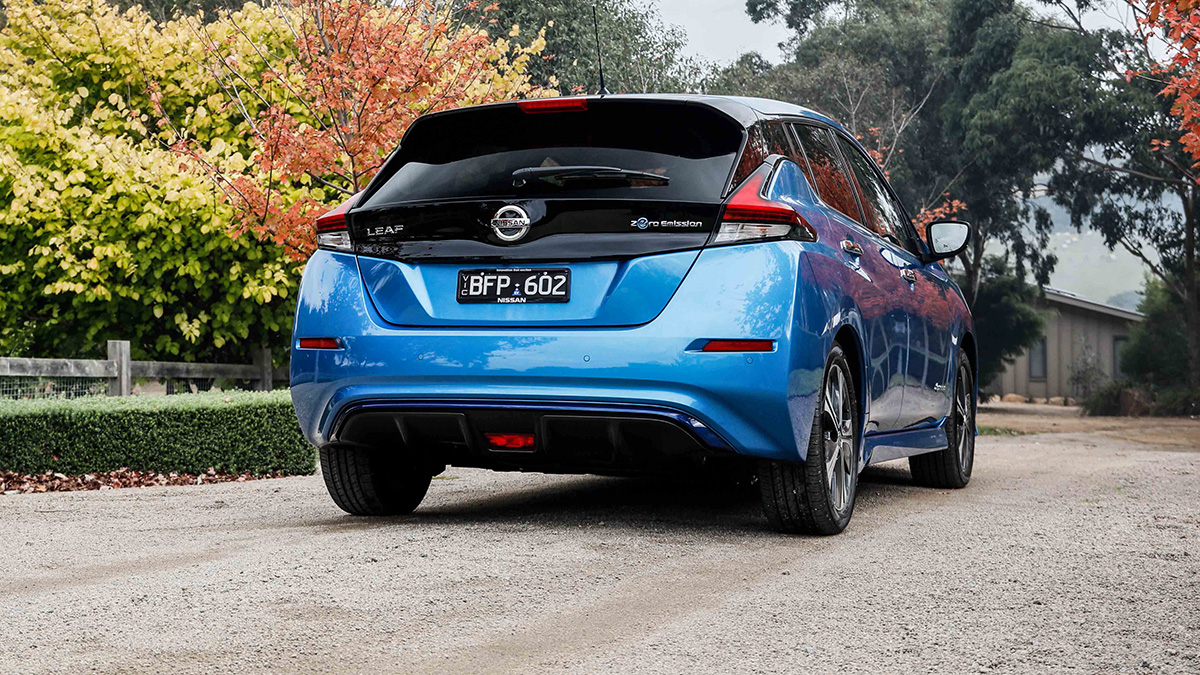

This website uses cookies to improve the user experience. We use cookies in accordance with our NRMA Group Cookie Policy.
This website uses cookies to improve the user experience. We use cookies in accordance with our NRMA Group Cookie Policy.
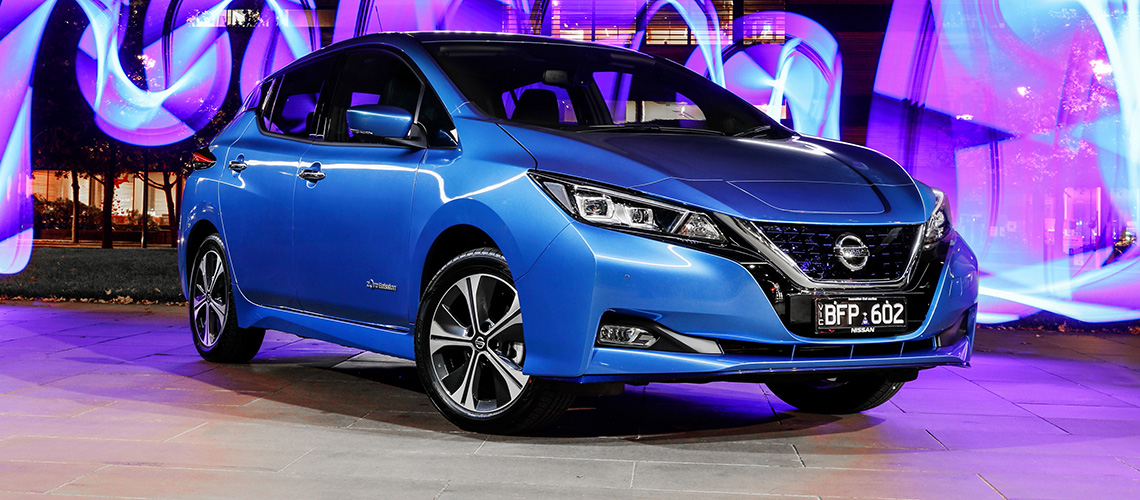
The 2021 Nissan Leaf e+ has landed in Australia, taking the nameplate’s flagship spot over the standard Leaf which has been available since 2019.
Pricing kicks off at $60,490 for the 2021 Nissan Leaf e+, representing a premium of more than 20 per cent over the standard Leaf's $49,990 price tag. (All prices exclude on-road costs).
What you get for the extra coin is a larger, 62kWh battery pack – up from the standard Leaf’s 40kWh unit. This extra 55 per cent of capacity equates to performance increases across the board.
Nissan claims the Leaf e+ has a driving range of 385km on the WLTP cycle – a considerable 43 per cent increase over the standard Leaf’s 270km range – however still falling short of the $62,000 Hyundai Kona Electric small SUV, which boasts a claimed 484km driving range from its 64kWh battery pack.
Related: 2019 Nissan Leaf review
Power, torque and acceleration are all improved in the Leaf e+, with Nissan claiming outputs of 160kW and 340Nm (up from the standard Leaf’s 110kW and 320Nm figures), and a 0-100km/h sprint of 6.9 seconds, shaving one second off the Leaf’s 7.9-second time.
In addition, the Leaf e+ battery pack is 100kW fast charging capable compared to the Leaf’s 50kW maximum. This reduces charge time for the Leaf e+ (from 20 to 80 per cent battery capacity) to 45 minutes. The standard Leaf takes 60 minutes (at 50kW) to gather the same charge.
Bear in mind, at 50kW charging, the Leaf e+ takes 90 minutes to reach 80 per cent capacity – a 30-minute addition to the standard Leaf's.
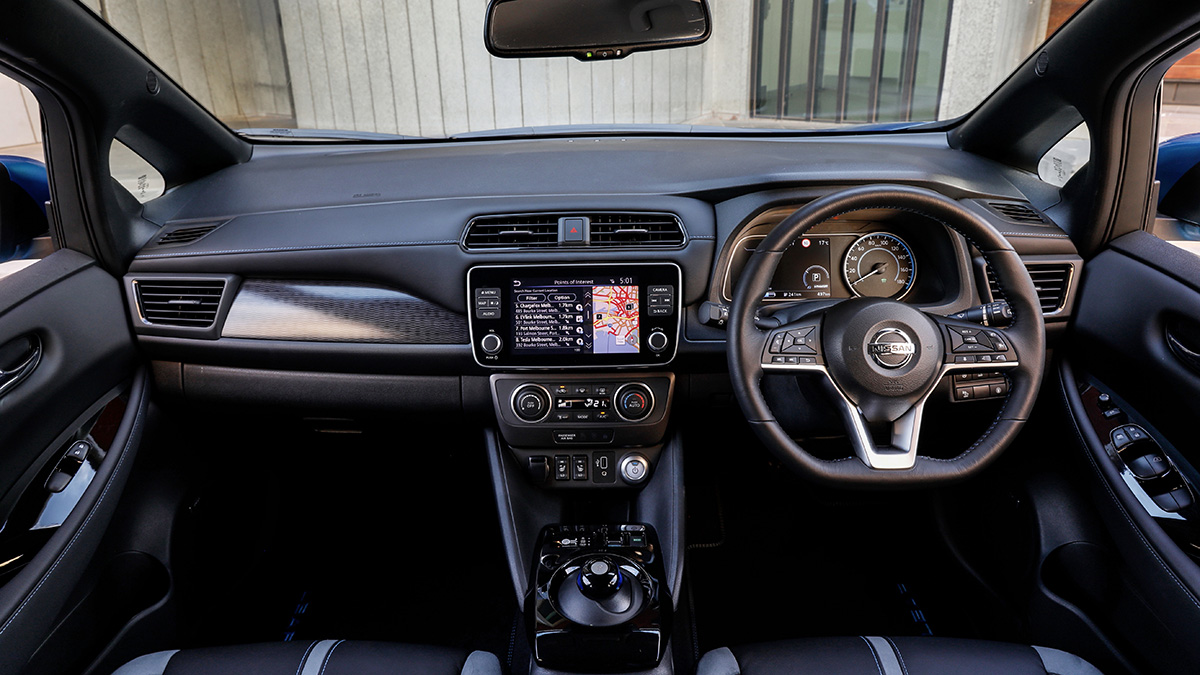
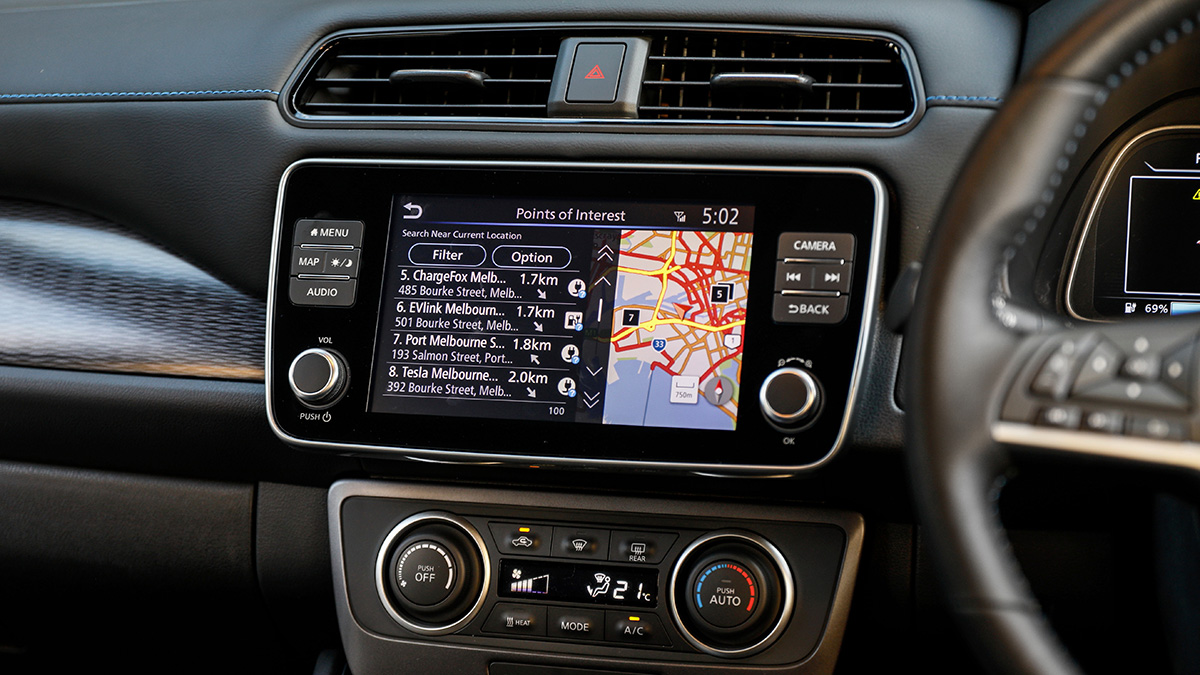
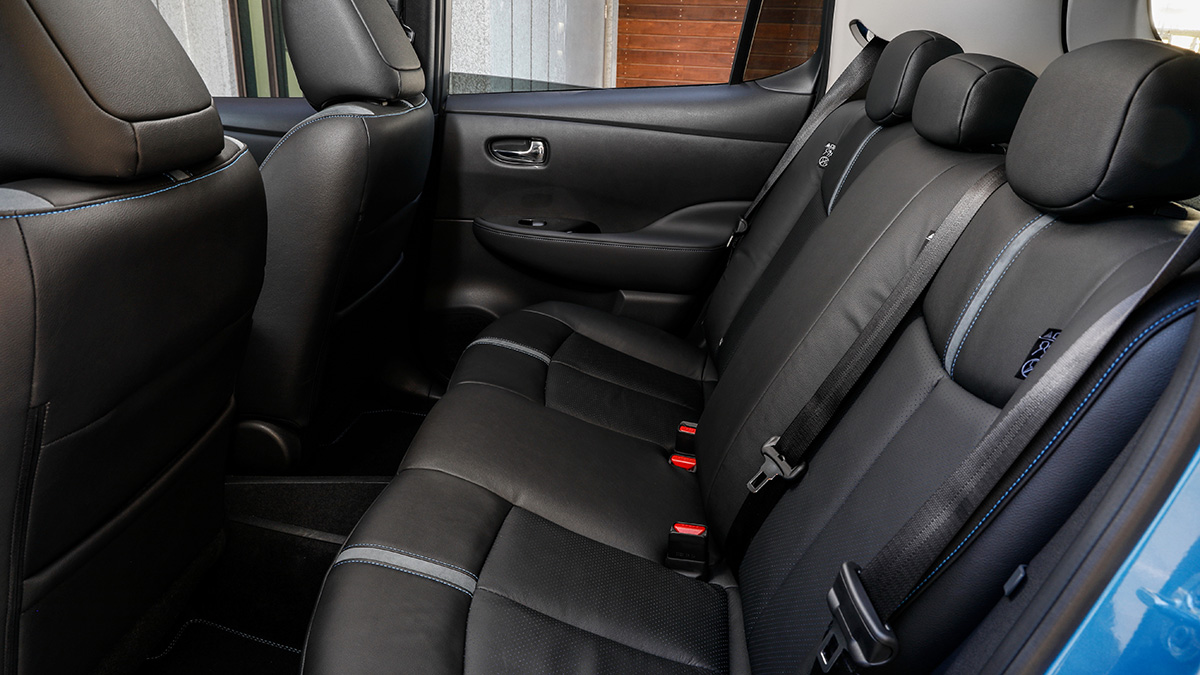
The 2021 Nissan Leaf and Leaf e+ both come equipped with bi-direction charging – also known as ‘vehicle-to-grid’ (V2G) – technology, allowing the cars to be charged from and send power back to the grid.
This means the vehicles can be used as power storage units to support the grid at times of high load, or could power buildings in the case of a blackout. Nissan Australia claims the Leaf is the only car to provide this capability directly from the factory.
While a first for Australian roads, Nissan’s V2G technology is not so foreign. In March, an Australian startup received $1.49 million in government assistance to roll out its battery energy storage system featuring repurposed Nissan Leaf batteries.
